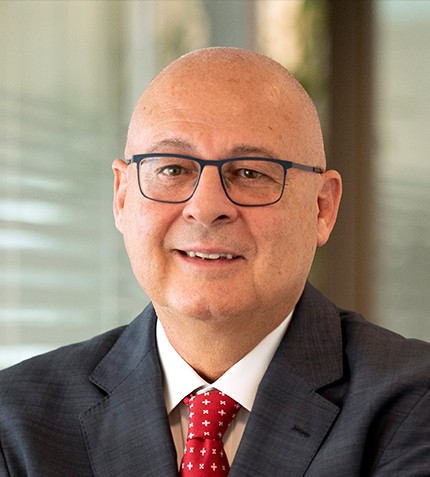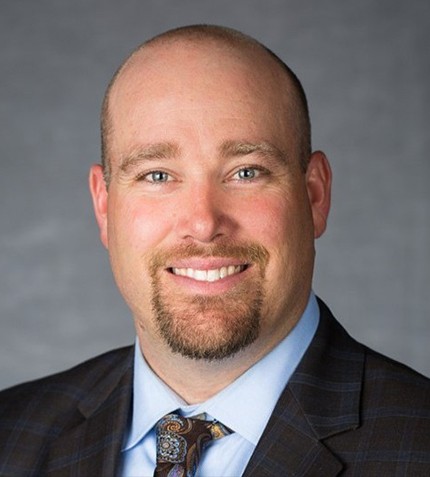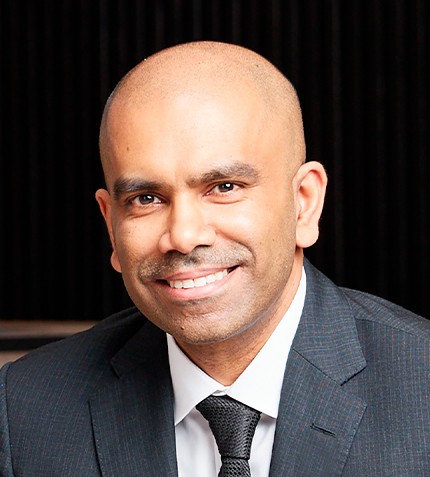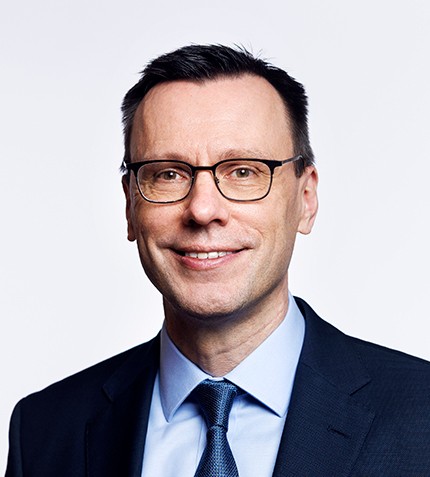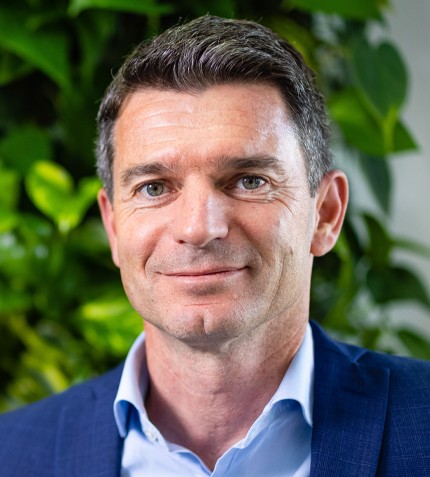
"The bioplastic market is believed to grow at 10 to 15% year on year, and the engine of this growth is the replacement of petrochemical-based plastics."
Thomas Philipon
CEO, TOTALENERGIES CORBION
Could you introduce TotalEnergies Corbion to our international audience?
TotalEnergies Corbion is a Joint Venture between TotalEnergies, one of the leading energy companies, and Corbion, a leader in the food ingredients industry. Both parent companies had a vision to develop sustainable solutions and they joined forces to develop industrialization capabilities and polymer market access on one hand, technology and lactic acid supply leadership on the other hand. Coming together in a 50:50 JV in 2017 as TotalEnergies Corbion, they created an entity solely dedicated to producing, marketing, and selling polylactic acid (PLA), a product that is 100% bio-based, recyclable, and compostable. Our headquarters are in the Netherlands, but our production facility sits in Rayong, Thailand. We are currently producing at a nameplate capacity of 75,000 t/y.
Why was Thailand chosen as the manufacturing base for PLA?
Lactic acid, which is the raw material of PLA, is derived from sugar. As the third largest producer of sugar cane in the world, after Brazil and the US, Thailand was a logical choice. On top of this were the availability of highly qualified and safety-oriented workers, but also the pro-business environment and the great support we found in the Board of Investment (BOI), the government agency mandated with promoting FDI.
TotalEnergies Corbion has set a vision to accelerate the replacement of petrochemical based plastics. Can you give us a sense of the size of this market and what are the main demand drivers?
We call bioplastics those polymers that are 100% renewable-based and/or biodegradable. PLA has the merit of being both completely bio-based and biodegradable, on top of being recyclable. To give you a sense of the scale of the opportunity, if you take the most common plastics, like polyethylene (PE), polypropylene (PP), polystyrene (PS), their market size is about 400 million t/y. Of this, the bioplastic industry only accounts for 1%. We have plenty of room to grow and no time to waste. The bioplastic market is believed to grow at 10 to 15% year on year, and the engine of this growth is the replacement of petrochemical-based plastics.
Can you also tell us about the end-of-life solutions proposed for PLA?
PLA is known for biodegradability and compostability, which are the historical end-of-life solutions, but we wanted to propose different solutions that may be more suited depending on the application, location, and recycling infrastructure available. We found that PLA can be recycled through a depolymerization process that is CAPEX- and energy-efficient. Our job as a supplier is not to judge or have an opinion, but to give solutions that save CO2. To give you an illustrative example, a used tea bag made of PLA can easily be composted as it has been proven by multiple studies, but a used water bottle made of the same material remains very pure, so it can be brought back to the plant for recycling, and at very little expense we can give a new life to the PLA molecule. We are currently working with a South Korean company named Sansu that collects empty bottles from their customers so as to bring them back to Thailand to be recycled and we jointly give them another life.
Do you have a final message?
The plastic pellets we produce can only be transformed into real sustainable solutions if we collaborate across the value chain. To me, a sustainable solution is synonymous with collaborations. This means we need to work with direct converters, understand what end-users want and what is the legislation around it to make it happen.




